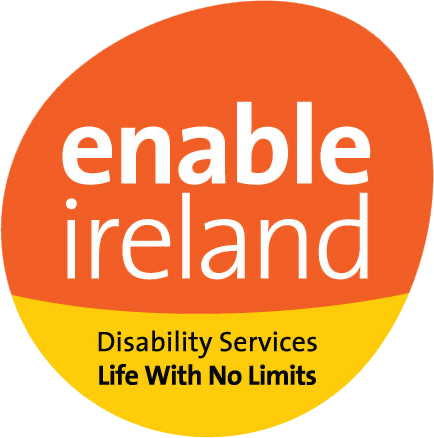How our teams work
A Family-Centred Approach
Our teams take a family-centred approach in their work with children and families.
All children develop and learn through taking part in daily life and activities with their family, school or pre-school and community. A family-centred approach means the team will support you to maximise these everyday learning opportunities to allow your child to reach their full potential. This has been shown to have the best results for children.
The parents of the child know their child best. They are seen as equal partners in the work of the Children’s Disability Network Team (CDNT) given the expertise they have in the care of their child. Goals will be based around your child’s needs as prioritised by you in your Individual Family Support Plan.
This article will give you more information on a family-centered approach.
Individual Family Support Plan
Your family and the team will agree on a plan for your child. This will be called an Individual Family Support Plan (IFSP). It will be based on your child’s and family's needs. The plan can be updated at any time to reflect changes needed.
The IFSP is made in partnership with the child (as appropriate to their age), their family and the CDNT. It focuses on four key areas: priorities, goals, supports, and strategies.
The plan does not need to be written during a formal meeting between the family and the whole team. It can be developed and revised by the family and one or two team members during a CDNT appointment, home visit, online meeting, or phone conversation.
Priorities
There will be priorities which your child and family see as most important to you at this point in time. For instance, it could be helping your child to participate in community activities, preparing to start school or move to secondary school.
Setting goals in your IFSP
The IFSP is an opportunity to focus on a goal or goals for your child. The baseline or starting point for each goal will include looking at your child’s and family’s strengths as well as their needs.
The number of goals active at any one time needs to be achievable and realistic for you and your family. Two to three goals at any one time is suggested as reasonable in most circumstances.
Goal setting within the plan should follow SMART guidelines. This means that goals should be:
- Specific (not vague or general)
- Measurable (how will we know that it’s achieved?)
- Achievable (for child, family, and team)
- Relevant (does this goal relate to the child’s everyday life?)
- Time-bound (when do we expect to achieve this goal?)
An example of an IFSP goal might be: ‘Matthew will visit his local playground weekly’.
Team supports
There could be one intervention (support) or many, provided by one member of the CDNT or many. It may include individual, targeted and/or universal supports. See the next page in this section for examples of types of supports a CDNT can provide.
Using the same example of Matthew attending the local playground, the example of team supports here might be: providing Matthew with appropriate orthotics for active play and preparing him for the activity through the development of visuals and a communication system.
Family Strategies
This is the part where you discuss how the family and others around your child every day, such as carers or teachers, are going to help in meeting this goal. The CDNT will provide you with information, advice, and guidance around strategies that can be used.
An example here of family strategies would be the plan and structure agreed by the family for taking Matthew to the playground and using the supports developed for his attendance and enjoyment of this activity.
To read more about how an IFSP works, see this document, National Guidance for Children’s Disability Network Teams on Individual Family Support Plans. This Guidance document also includes sample IFSP templates.
Types of supports available
The CDNT will suggest different types of supports that they think will be helpful for your child. The types of supports recommended for your child and family will depend on the goals identified through the IFSP.
The CDNT will match the best type of support with the goal your family wants to address. The team may need to try a few different approaches to get the best results.
Below are the types of approaches and supports your CDNT might recommend for your child and family.
Information sessions, talks and workshops
These are known as 'universal supports' as they are designed to support children and young people with complex disability needs. The purpose of these universal supports is to empower parents, families and other caregivers on how to support children and young people.
Information sessions, talks and workshops for families may cover:
- How to support your child's sleep
- Toileting support
- Supporting your child to develop communication
- Supporting your child for the move from primary to secondary school
- Supporting your child's play
- Information on eligibilty and entitlements
Targeted Supports
Targeted supports are provided to children or parent's of children. These are individual and group interventions for children who have identified similar needs.
Examples of targted supports include:
- Hanen programmes for developing communication
- Triple P Positive Parenting Programmes
- Family Lámh Courses.
- Specific functional skills groups
Individualised Supports
These are known as ‘individual supports’ as they are supports for needs that cannot be met through universal and targeted supports. At this level the clinicians will provide direct support to the child or family individually or in small groups.
Individualised support is where a child has a certain clinical need, such as difficulties with movement, communication, feeding, eating, drinking, or swallowing. Not all children with complex needs, arising from a disability, will need individual support.
Examples of individual supports would be:
- Complex seating assessment
- Cognitive assessment
- Home and school visits
- Complex intervention needs



